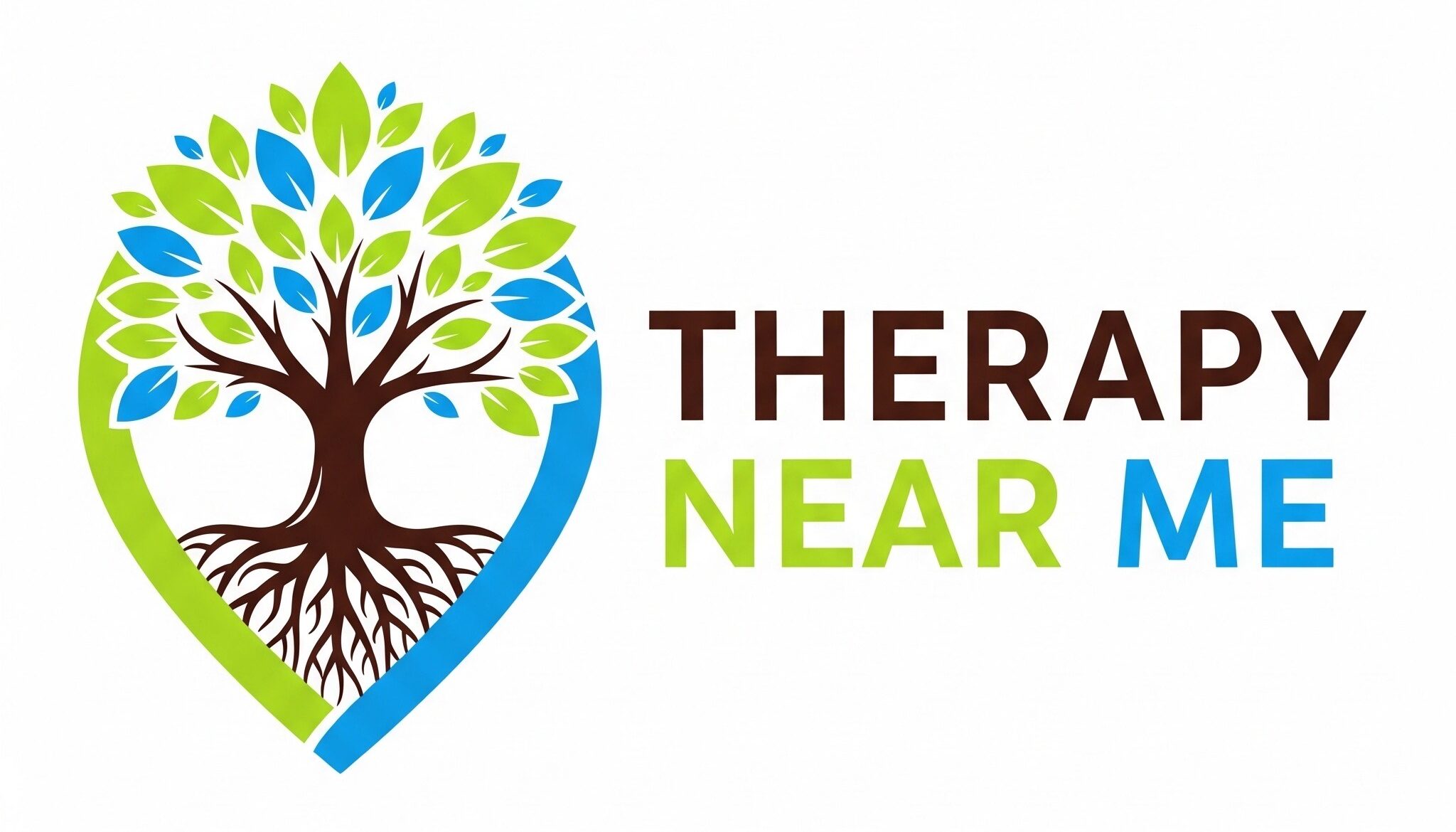A positive relationship can significantly contribute to our overall well-being and happiness. Whether it’s a romantic partnership, friendship, or familial bond, certain signs indicate a healthy and supportive relationship. This article explores these signs, supported by scientific research and expert insights.
Key Signs of a Positive Relationship
1. Effective Communication
Effective communication is the cornerstone of any healthy relationship. It involves openly and honestly expressing thoughts, feelings, and concerns without fear of judgement or retaliation (Gottman & Silver, 1999). Positive relationships are characterised by:
- Active Listening: Paying full attention to the speaker, showing empathy, and responding thoughtfully (Rogers & Farson, 1957).
- Non-Verbal Communication: Using body language, eye contact, and facial expressions to convey understanding and connection (Mehrabian, 1972).
- Conflict Resolution: Addressing disagreements constructively and finding mutually acceptable solutions (Gottman & Silver, 1999).
2. Mutual Respect
Mutual respect is essential for a positive relationship. It involves valuing each other’s opinions, feelings, and boundaries. Respectful relationships are marked by:
- Equality: Both parties have an equal say and feel valued in the relationship (Anderson et al., 2012).
- Support: Encouraging each other’s personal growth and respecting individual differences (La Guardia et al., 2000).
- Kindness: Demonstrating kindness and consideration in everyday interactions (Gottman & Silver, 1999).
3. Trust and Honesty
Trust and honesty form the foundation of a positive relationship. These elements foster a sense of security and reliability, essential for deep emotional connections (Simpson, 2007). Indicators of trust and honesty include:
- Consistency: Being reliable and keeping promises (Simpson, 2007).
- Transparency: Sharing important information and being open about feelings and thoughts (Gottman & Silver, 1999).
- Accountability: Taking responsibility for actions and being honest about mistakes (Baumeister & Leary, 1995).
4. Emotional Support
Emotional support is crucial for maintaining a positive relationship. It involves being there for each other during difficult times and celebrating successes together (Cohen & Wills, 1985). Signs of emotional support include:
- Empathy: Understanding and sharing each other’s feelings (Rogers, 1951).
- Validation: Acknowledging and validating each other’s emotions (Gottman & Silver, 1999).
- Encouragement: Providing encouragement and reassurance in times of need (Cohen & Wills, 1985).
5. Shared Interests and Activities
While individual interests are important, sharing common interests and activities can strengthen a relationship. Engaging in enjoyable activities together fosters a sense of companionship and shared purpose (Aron et al., 2000). Signs include:
- Joint Activities: Participating in hobbies or activities that both enjoy (Aron et al., 2000).
- Quality Time: Spending meaningful time together, prioritising the relationship (Gottman & Silver, 1999).
- Common Goals: Working towards shared goals and aspirations (Aron et al., 2000).
6. Healthy Boundaries
Healthy boundaries are essential for a positive relationship. They help maintain individual autonomy and prevent feelings of resentment or being overwhelmed (Brown, 2017). Key aspects of healthy boundaries include:
- Respect for Privacy: Allowing space and time for individual activities and interests (Brown, 2017).
- Clear Expectations: Setting and respecting each other’s boundaries regarding time, personal space, and emotional needs (La Guardia et al., 2000).
- Open Discussions: Talking openly about boundaries and adjusting them as needed (Brown, 2017).
Conclusion
A positive relationship is characterised by effective communication, mutual respect, trust and honesty, emotional support, shared interests, and healthy boundaries. These elements foster a supportive and nurturing environment where both individuals can thrive. By recognising and cultivating these signs, we can build and maintain healthy, fulfilling relationships.
Take this quick relationship test
References
- Anderson, C., Hildreth, J. A. D., & Howland, L. (2012). Is the desire for status a fundamental human motive? A review of the empirical literature. Psychological Bulletin, 138(5), 1024-1063.
- Aron, A., Norman, C. C., Aron, E. N., McKenna, C., & Heyman, R. E. (2000). Couples’ shared participation in novel and arousing activities and experienced relationship quality. Journal of Personality and Social Psychology, 78(2), 273-284.
- Baumeister, R. F., & Leary, M. R. (1995). The need to belong: desire for interpersonal attachments as a fundamental human motivation. Psychological Bulletin, 117(3), 497-529.
- Brown, B. (2017). Braving the Wilderness: The Quest for True Belonging and the Courage to Stand Alone. Random House.
- Cohen, S., & Wills, T. A. (1985). Stress, social support, and the buffering hypothesis. Psychological Bulletin, 98(2), 310-357.
- Gottman, J. M., & Silver, N. (1999). The Seven Principles for Making Marriage Work. Crown Publishing.
- La Guardia, J. G., Ryan, R. M., Couchman, C. E., & Deci, E. L. (2000). Within-person variation in security of attachment: A self-determination theory perspective on attachment, need fulfillment, and well-being. Journal of Personality and Social Psychology, 79(3), 367-384.
- Mehrabian, A. (1972). Nonverbal Communication. Aldine-Atherton.
- Rogers, C. R. (1951). Client-Centered Therapy: Its Current Practice, Implications, and Theory. Houghton Mifflin.
- Rogers, C. R., & Farson, R. E. (1957). Active Listening. University of Chicago Industrial Relations Center.
- Simpson, J. A. (2007). Psychological foundations of trust. Current Directions in Psychological Science, 16(5), 264-268.
How to get in touch
If you or your patient/NDIS clients need immediate mental healthcare assistance, feel free to get in contact with us on 1800 NEAR ME – admin@therapynearme.com.au.







